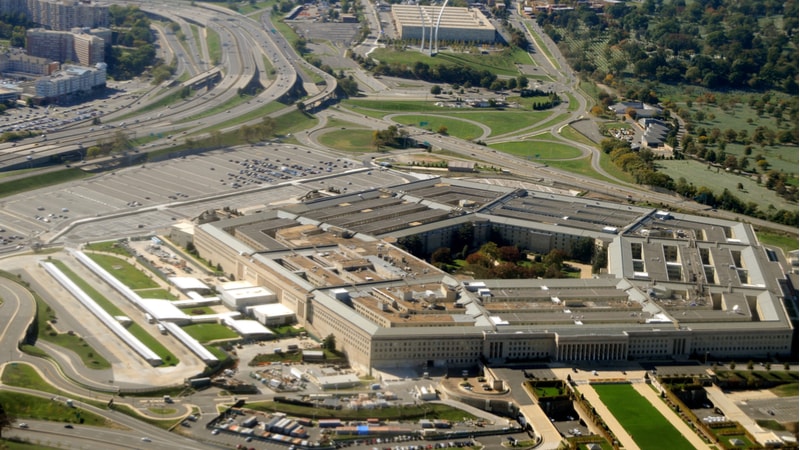
The Department of Defense (DoD) wants to harness the capabilities of emerging technology to reduce the administrative burden associated with records management, according to a new records strategy released this week.
The DoD Records Strategy seeks to employ the latest technologies, such as AI and cloud-based services, to reduce the administrative burden associated with records management, while creating an environment where DoD records are automatically identified and captured, expertly curated, and systemically governed.
The strategy outlines four key enablers to meet its curation, automation, and governance goals:
- the implementation and strategic use of DoD records schedule to support interoperability with a “machine-readable roadmap” of its digital assets;
- updating metadata practices to make records findable and trustworthy;
- providing guidance for electronic records management; and
- developing a records management workforce with the necessary skill sets to meet the goals outlined in the strategy.
The strategy also recommends leveraging emerging technologies and cloud-based shared services to minimize user burden and adds that the “application of AI and machine learning techniques may improve curation processes as well,” the document states. It also calls for the DoD to automate records processes for all users. Automated records management can streamline and further integrate records into daily operations, according to the strategy.
Kathleen Hicks, the DoD deputy secretary of defense, said in a statement accompanying the strategy that DoD records management capabilities have not kept pace with the rapidly changing information environment.
According to previous reports, there are several challenges associated with the DoD’s records management practices, including an inspection conducted by the National Archives for fiscal years 2017 through 2021 which noted key areas of the department’s records system had not fully integrated adequate management oversight. The inspection also noted that the DoD’s records management offices lacked sufficient resources to manage such large programs across the department’s U.S.-based and overseas operations.
“We must update our capabilities, and that will require leadership from chief information officers to implement DoD-wide strategies to achieve digital modernization and information-related capability goals,” Hicks said.
Under the strategy, the DoD chief information officer must provide an initial update in 45 days on progress towards revising records policies and achieving its curation, automation, and governance objectives.
